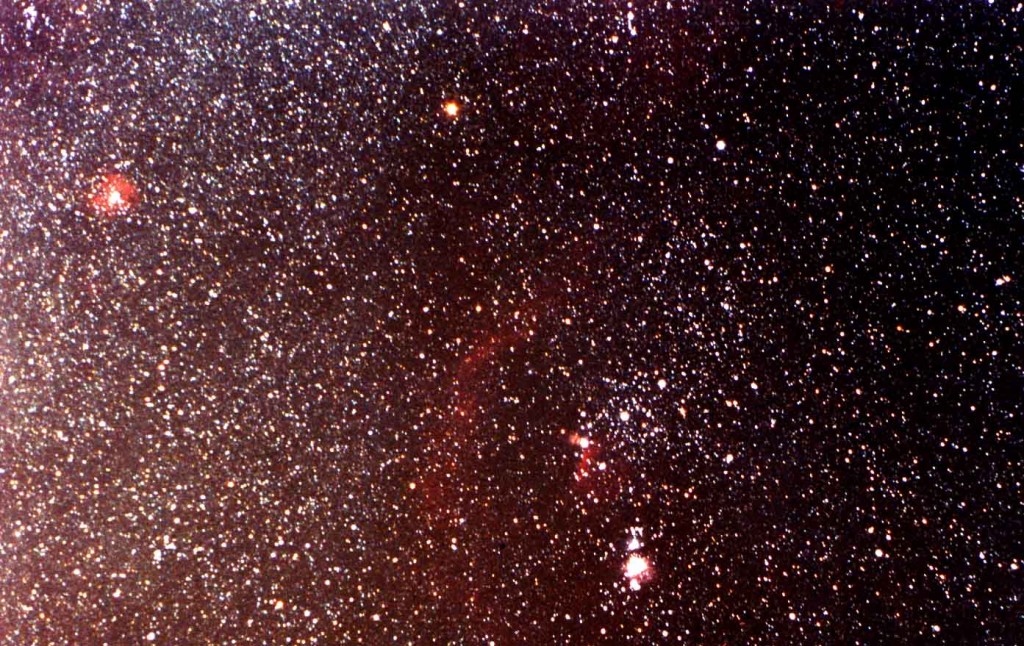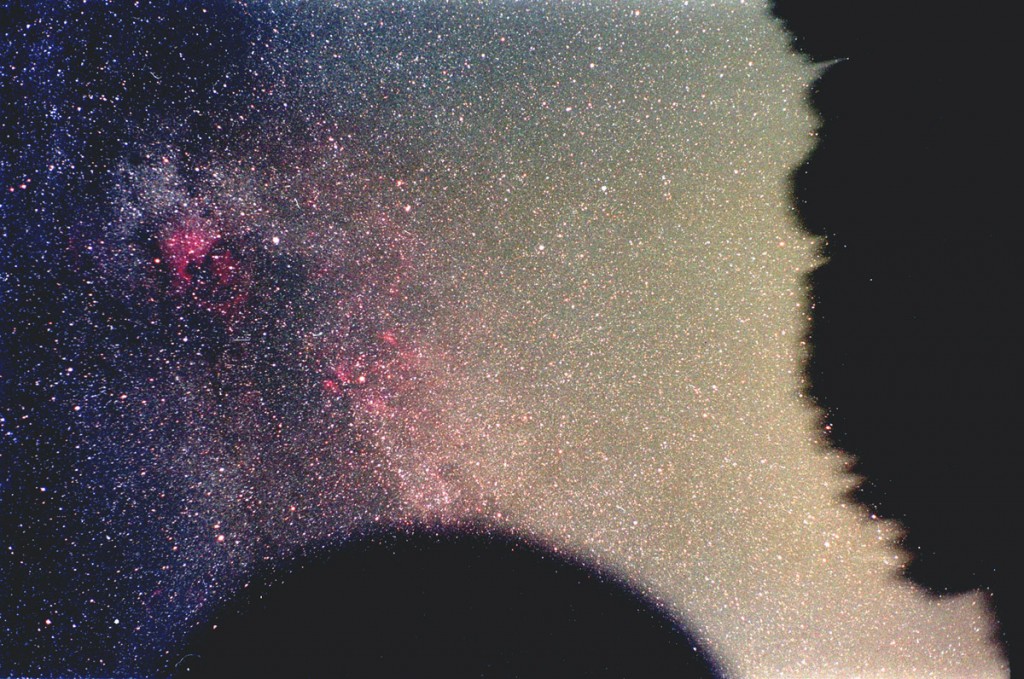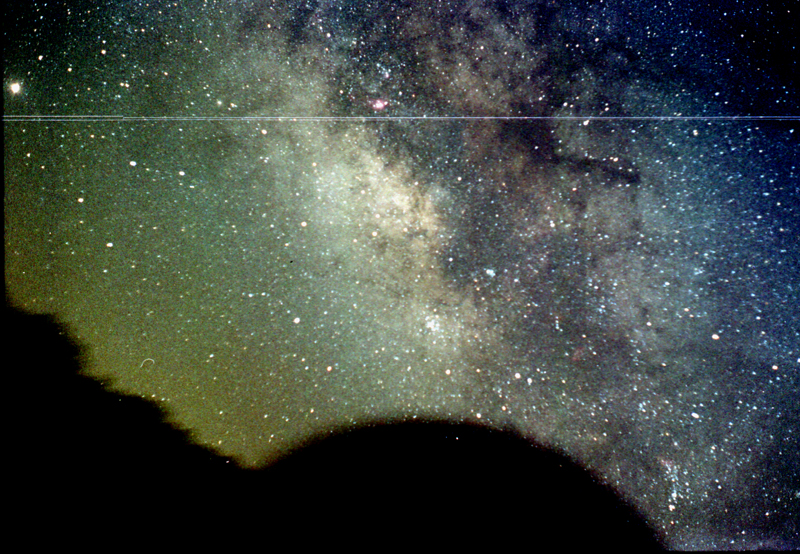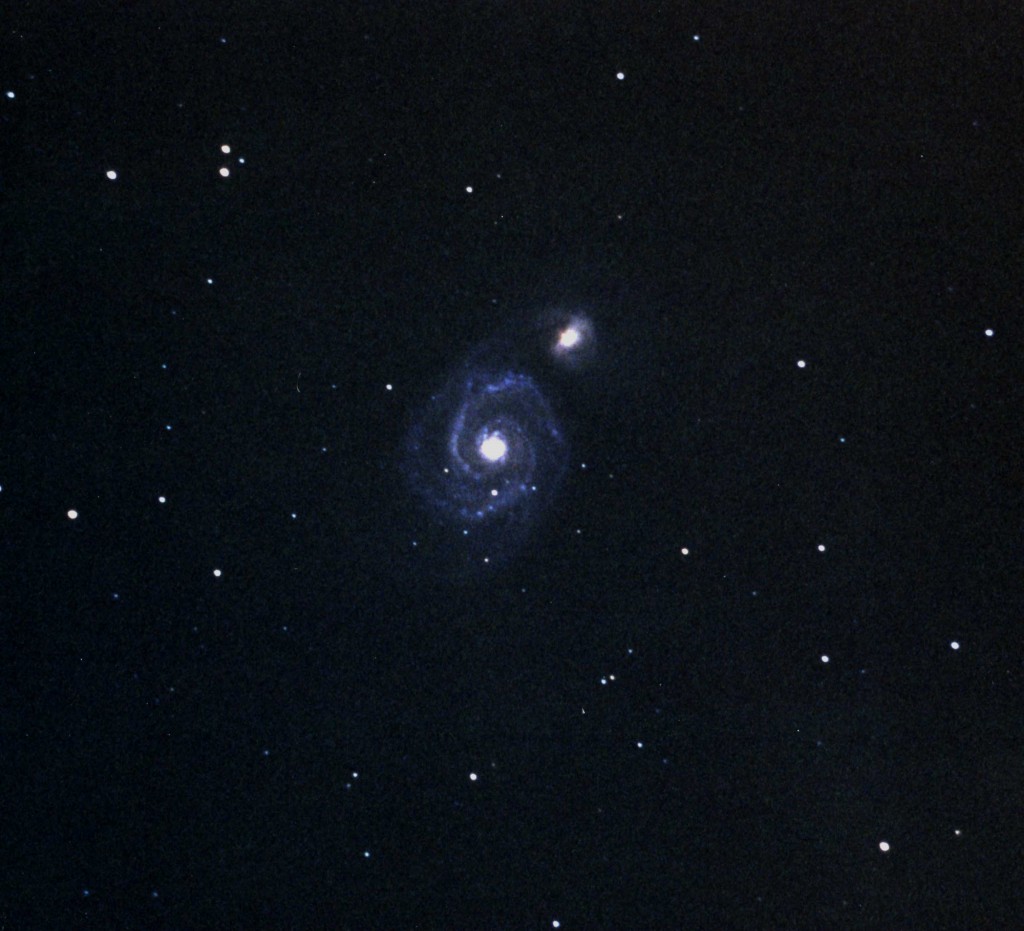Amateurs ramblings No.8
It has been a rather long while since I posted something astronomical or otherwise in nature. Thank goodness I do not work for a newspaper or a journal since I would certainly be fired for lack of output!
Over the past several months I have been busy working and trying to stay somewhat sane in this crazy world. The sanity part happens to be the most difficult. This past May I was offered the change to fulfill a long standing dream of mine: to own my own observatory. Just think! Head outside without the hassle of setting up and with the flip of a couple of switches-bingo the observations begin! Thanks to city and county regulations this dream was not to come true this time around. Where I live there is a permit for just about everything, except if you want to place a beer cooler in your backyard. First there is the $85 permit to allow construction. Next is the $200 inspection for every little project that one does. With a total budget of $500, this project was already in trouble! To top things off were the letters to and from the surrounding neighbors granting permission for construction. Since this was not a NASA project, I hung the dream up to dry for a time. Yes, the observatory idea/dream still remains but we will allow that to come true some years down the road when we build a country home.
So what about that budget? Moving along from depression to something better: my good old Losmandy G-11 will be getting some upgrades and repairs. So far one of the repairs has been canceled. The main drive board has some corrosion on a microswitch terminal and I removed that allowing for the PEC (periodic error correction) circuit to be used. The other section may involve a trip to Radio Shack for a coiled cord and an order to Hollywood General Machining for a new stepper motor. I thought about a new main worm gear, but that can wait until later since the difference between the current and new worm gear is one arc second in periodic error. One arc second is 1/3600 of a degree, or about the diameter of a golfball approximately 5.5 miles away. My scope camera combination averages about three seconds of arc per pixel at 670mm focal length. The periodic error without corrections to guiding can be a good as 5 seconds of arc or 1.8 pixels if the mount is well adjusted. Not bad! Of course this is atmosphere limited, but I am happy with round stars in the exposures.
One of the other upgrades is a water cooled heat exchanger for the CCD camera. The cost is pretty low for telescope items, but worth the extra 20 degrees below ambient cooling. The cooler the ccd chip, the lower the dark noise present in the exposures. This dark noise must be subtracted from the image and that is done with a dark frame. A dark frame is just an image of the electronic noise present and when subtracted from the ccd’s light exposure removed that noise. At a later time I will get into the the details of ccd image processing.





